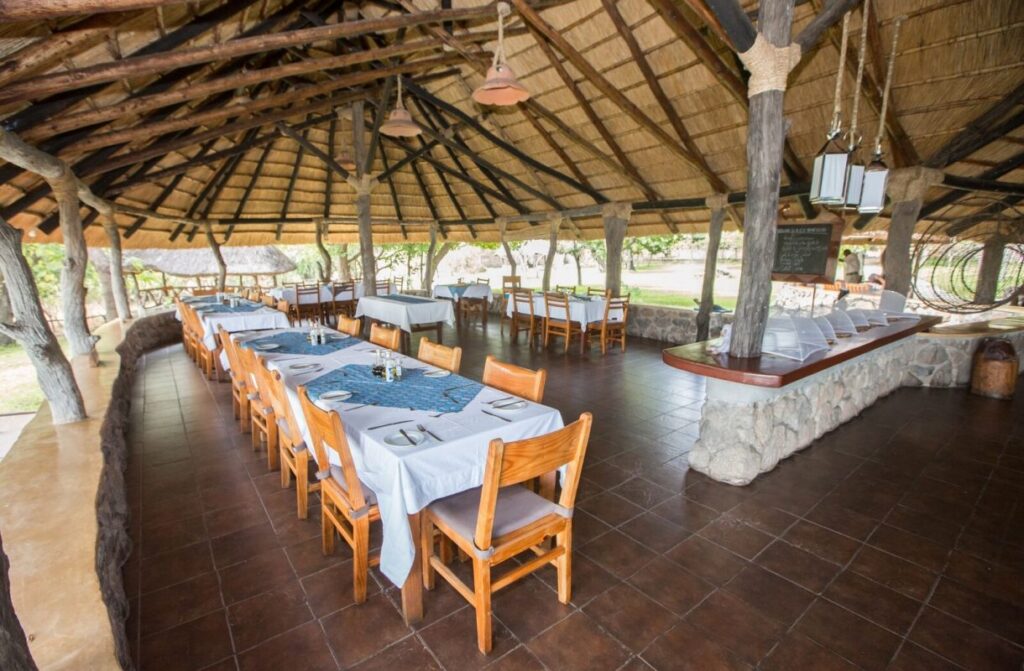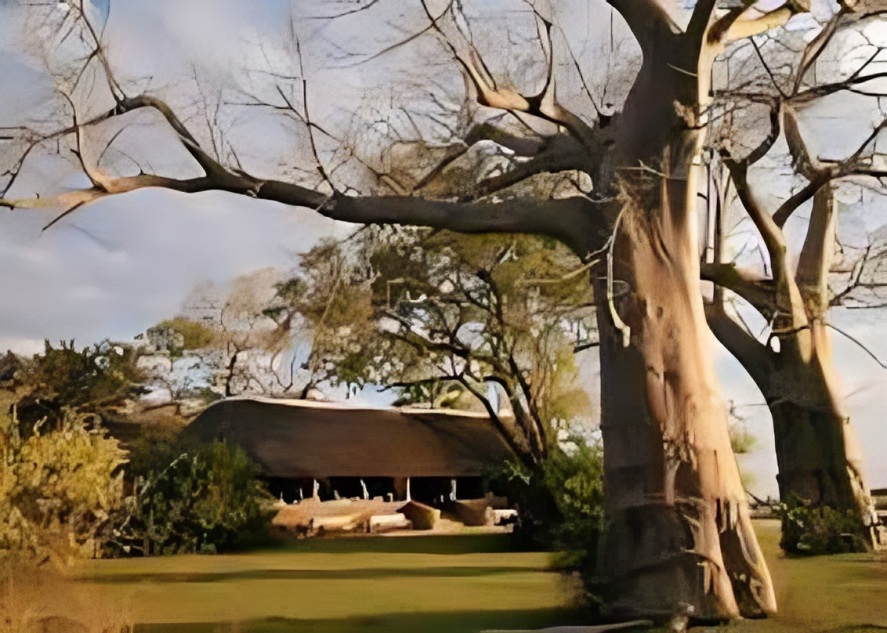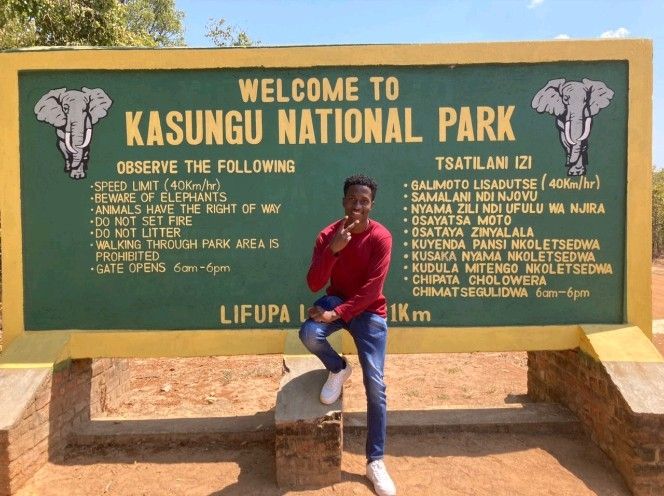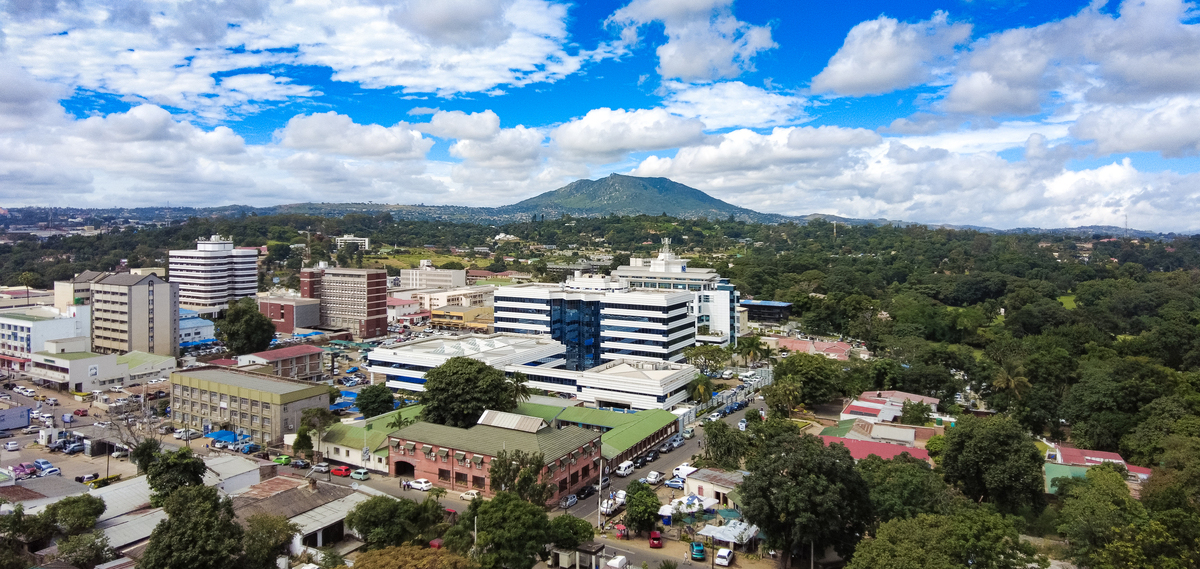At a Glance
- Malawi’s 2025/26 budget allocates $9 million to national park upgrades, signaling a long-term pivot to eco-tourism.
- Under the 20-year Tourism Investment Masterplan, Malawi has outlined 103 projects, including 10 flagship sites spanning Liwonde, Nyika, and Lake Malawi National Parks.
- A new tourism authority and visa waivers for 79 nations aim to draw over 1.1 million visitors and reduce reliance on agriculture and donor aid.
Landlocked Malawi, with an estimated population of 19.43 million, is scaling up its eco-tourism ambitions with a $9 million investment in national parks, aiming to attract global travelers and elevate tourism as a key economic pillar.
The southern African country, long overshadowed by safari giants like Kenya and South Africa, is charting a new course under a 20-year Tourism Investment Masterplan launched in 2022.
Backed by the creation of the Malawi Tourism Authority (MTA) under the 2025 Tourism Act, the plan outlines 103 projects, including 10 flagship initiatives, to boost tourism infrastructure and conservation.
In the 2025/26 budget, the government has demonstrated commitment to tourism development by allocating MWK17.97 billion ($10.37 million), an increase of 274.38 percent from MWK4.8 billion ($2.77 million) in the 2024/25 budget.
Parks revitalized to spur regional travel
Among the standout developments is the transformation of Liwonde National Park, managed in partnership with African Parks.
The facility is undergoing major upgrades, including solar-powered lodges, new safari vehicles, and renovated wildlife observation points.

Mvuu Camp & Lodge and Kuthengo Camp have been modernized to cater to high-end eco-travelers, with curated solo experiences and enhanced sustainability standards.

In northern Malawi, Nyika National Park—co-managed with Peace Parks Foundation—is being repositioned for adventure eco-tourism.
Meanwhile, Kasungu National Park is undergoing structural upgrades and law enforcement improvements to combat wildlife trafficking, supported by new ranger training and infrastructure.

Lake Malawi National Park, a UNESCO World Heritage Site, is also part of the revitalization plan, with public-private partnerships driving the introduction of eco-lodges aimed at luxury travelers and international tour operators.
Massive budget jump signals political backing
The 2025/26 fiscal budget allocated MK18 billion ($9 million) toward tourism—a 283% increase from the prior year—marking one of the largest boosts in the sector’s history. The funding signals strong political will to diversify Malawi’s economy and reduce dependence on agriculture and donor support.
Tourism contributed 6.8 percent to Malawi’s GDP in 2024, up from 5.5 percent in 2023, with visitor numbers projected to exceed 1.1 million this year. The government has also waived visa requirements for travelers from 79 countries, including the UK, Germany, and China, further opening its doors to international eco-tourism markets.
Positioning for long-term gains
The establishment of the Malawi Tourism Authority is viewed as a structural milestone. Tasked with marketing, licensing, and regulation, the MTA is central to attracting foreign direct investment and delivering on the Masterplan’s pipeline.
With tourism ranked among Malawi’s top five economic sectors, the new investments represent more than conservation—they’re part of a strategy to create jobs, improve rural livelihoods, and position the country as a serious player in Africa’s eco-tourism economy.
If executed effectively, Malawi’s bold bet could turn its national parks into economic powerhouses and secure its place on the global tourism map.





